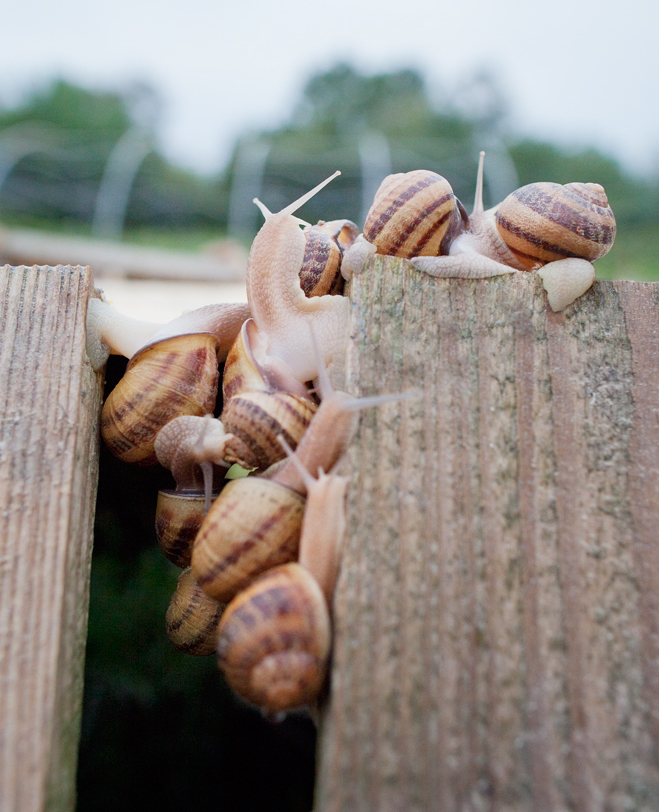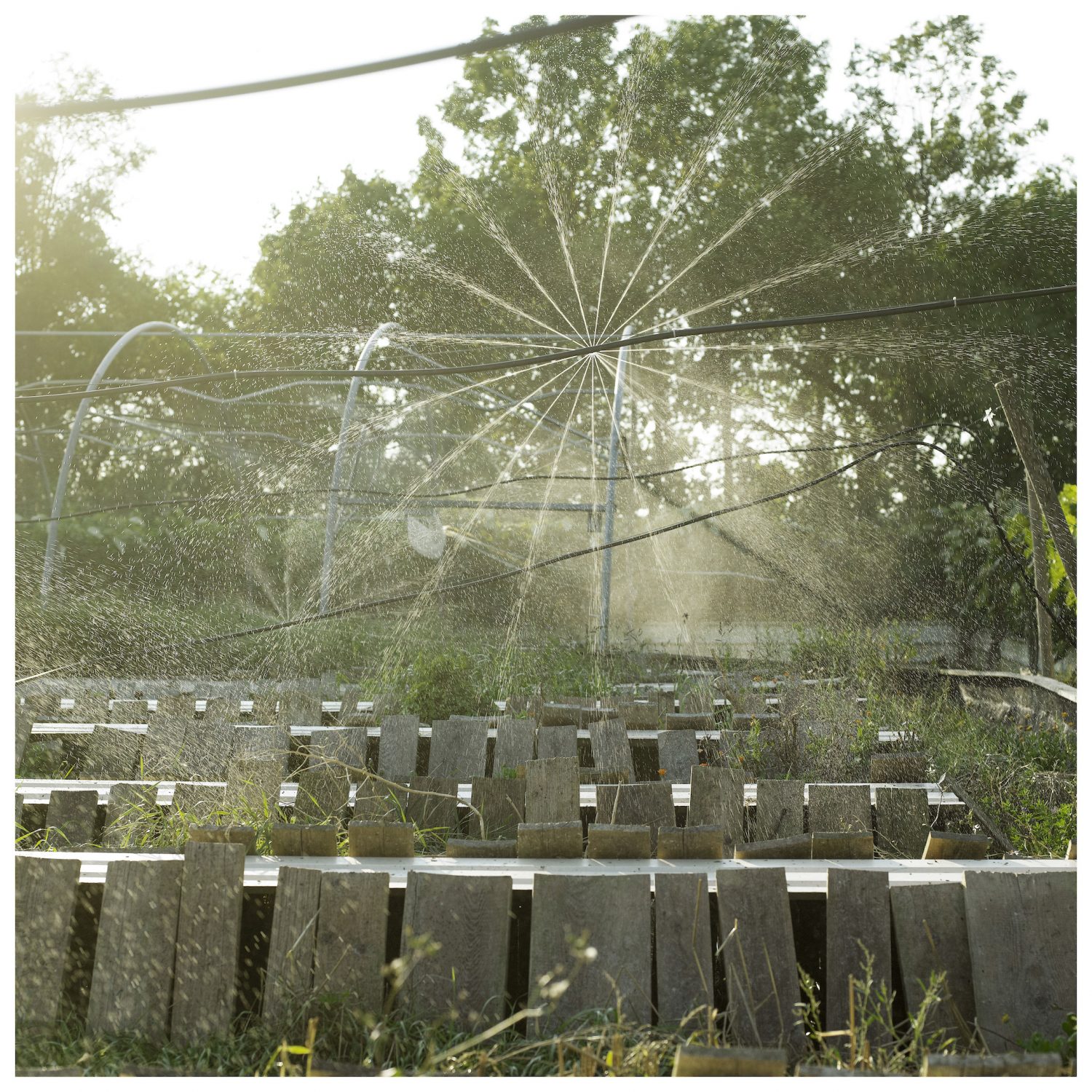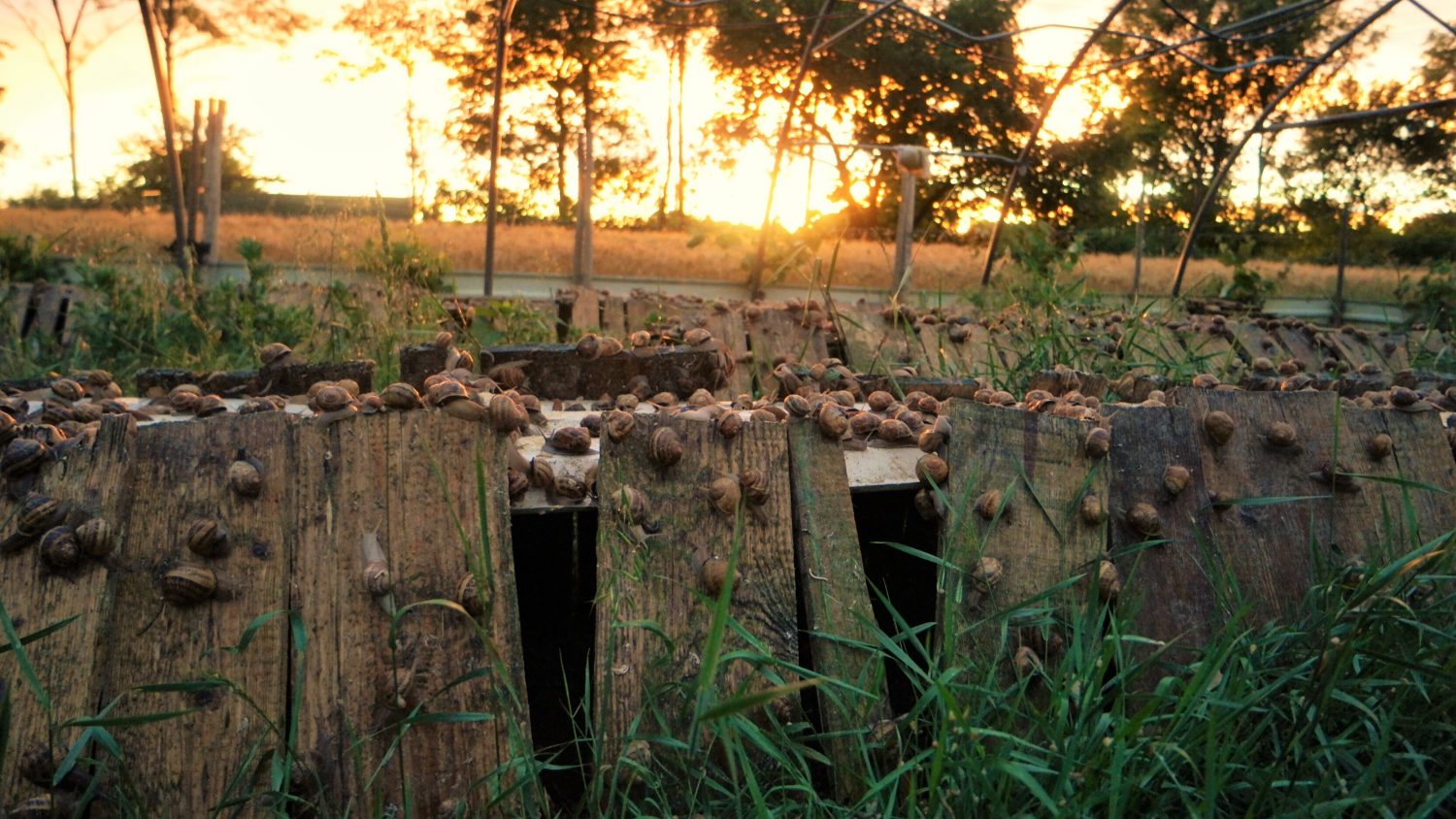THE DELICATE HELIX ASPERSA MAXIMA
The Helix aspersa maxima, also called “petit gris”, grows faster and has a dark shell with stripes. They don’t grow a lid for their shell in the fall and therefore can’t survive a frost. This type of escargot can be harvested twice a year. Snails that are not collected for processing spend the winter sleeping in our heated basement. In the spring, when the first green leaves are showing in the fields, we bring the snails back outside to let them wake up and stretch their feelers.
The flavor of the Helix aspersa maxima is delicate and elegant. It is ideally suited for a wide variety of dishes, including our Vienna Escargot ragout and Vienna Escargots in balsamic onions.






 Sonnenuntergang nach einem Regen
Sonnenuntergang nach einem Regen